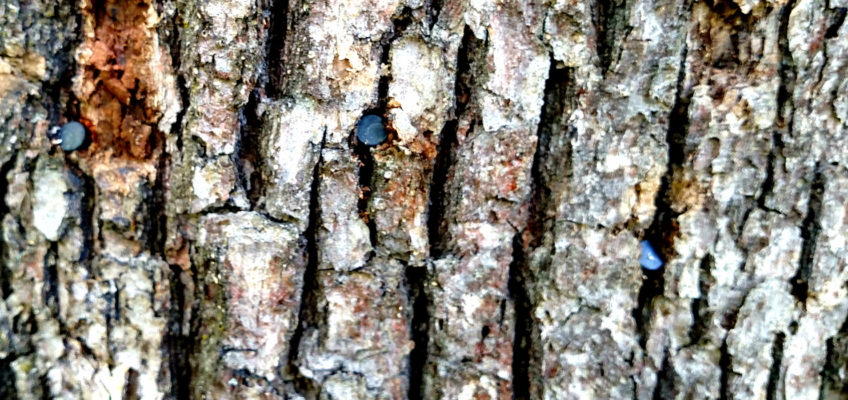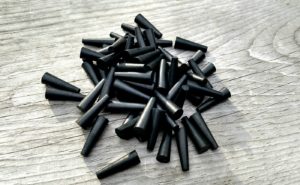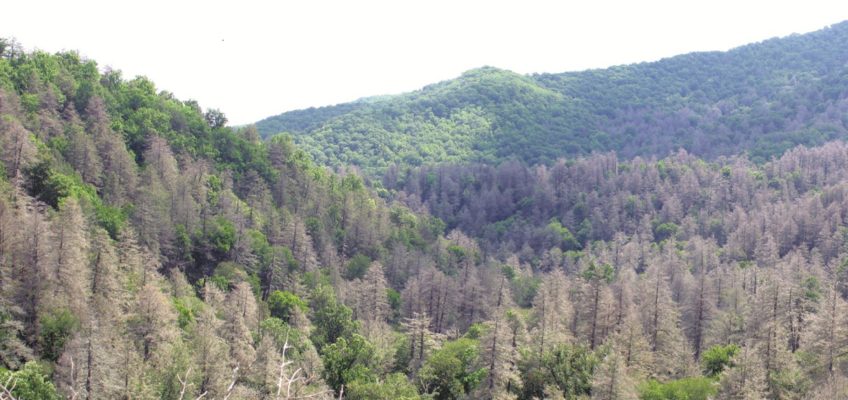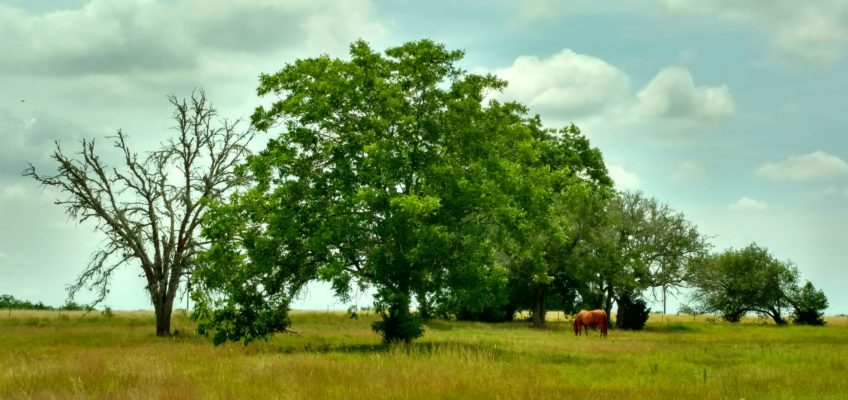Plugs for Tree Injection Holes
Plugs can be used to avoid consequences from tree wounding necessary as part of tree injection treatments.
Tree injection for treatment using the Chemjet Tree Injector necessitates drilling 11/64 holes at the injection points. The rate at which these tree wounds heal up varies by the species and health of the tree. In general drilling holes in the trees for beneficial injection treatments does not cause significant harm to the tree and the holes can be left to heal up naturally. There are many natural causes for holes in trees, including boring insects and woodpeckers, which the trees accommodate for with natural closing of the wound in short time. The historic and widespread tapping of maples for sap to make maple syrup is another example of tree wounding without much consequence.
However there are some concerns with tree injection wounding which leaves an open hole and often causes sap to run out of the holes for weeks or months. The creation of holes through the bark is a potential avenue of access to insects, bacteria and fungus spores. For pathogens that are transferred by flying insects attracted to tree sap, such as oak wilt, an exposure pathway is caused at each weeping hole to and from other trees. Also there is the aesthetic consequence of drilling trees in landscape areas, as the leaking sap may cause unnatural and unsightly staining on the trees.
A solution for cases in which there is risk or aesthetic concern is to plug the holes after injection. This can be done using twigs whittled to a point and tapped into the hole, or with wax or caulk. 100% silicone caulk works pretty good for dry trees and holes that are not leaking sap. For larger scale projects and to save time, artificial plugs can be used. The plugs available at chemjettreeinjector.com are sized perfectly for the 11/64 holes drilled for use of the Chemjet Tree Injectors. The EDPM rubber plugs are 1/4-inch wide at the big end and 3/4-inch long and are pushed into the hole with your thumb. The wood plugs are 0.24 inch in diameter and are tapped into the injection hole with a hammer.
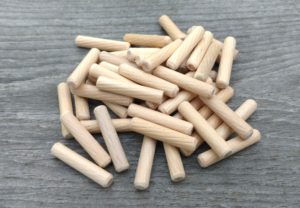
Occasionally when using Chemjet Tree Injectors there is some residual pressure at the injection point which causes the treatment chemical to ooze back out of the hole if the injector is removed too soon. To avoid losing chemical, the Chemjet can be left in the hole a while longer, or a plug can be pushed in so the injector can be used at another location.
There is some discussion which would indicate that leaving artificial plugs in the injections may be bad for the trees. If this is a concern, the plugs can be removed after a few weeks when the tree starts to heal and sap stops running at the injection holes.
More Information:
Buy Chemjet Tree Injectors Now
Oak Wilt Disease and Treatment
Save your trees from Pine Bark Beetle
Case Study: Microinjection to Protect Trees from Oak Wilt
Hemlock Woolly Adelgid Treatment
Asian Longhorned Beetle Treatment
Plugs for Tree Injection Holes
Video: Chemjet use in Australia

